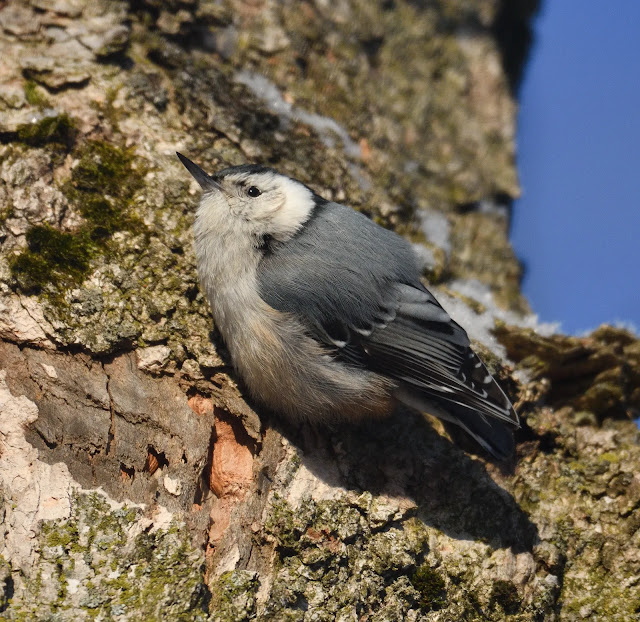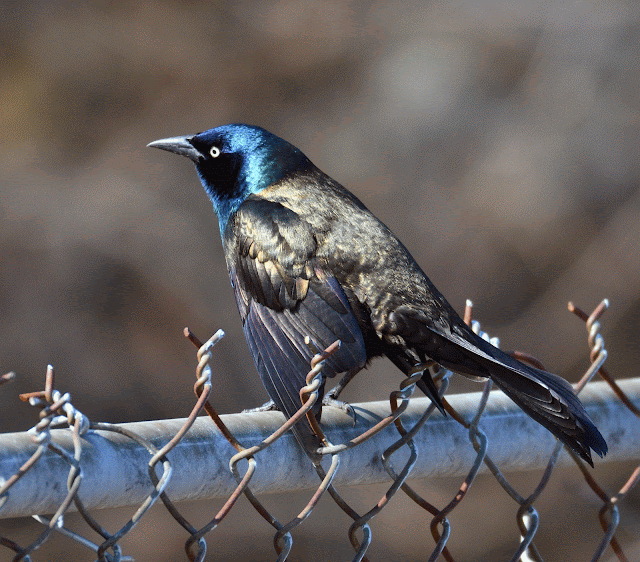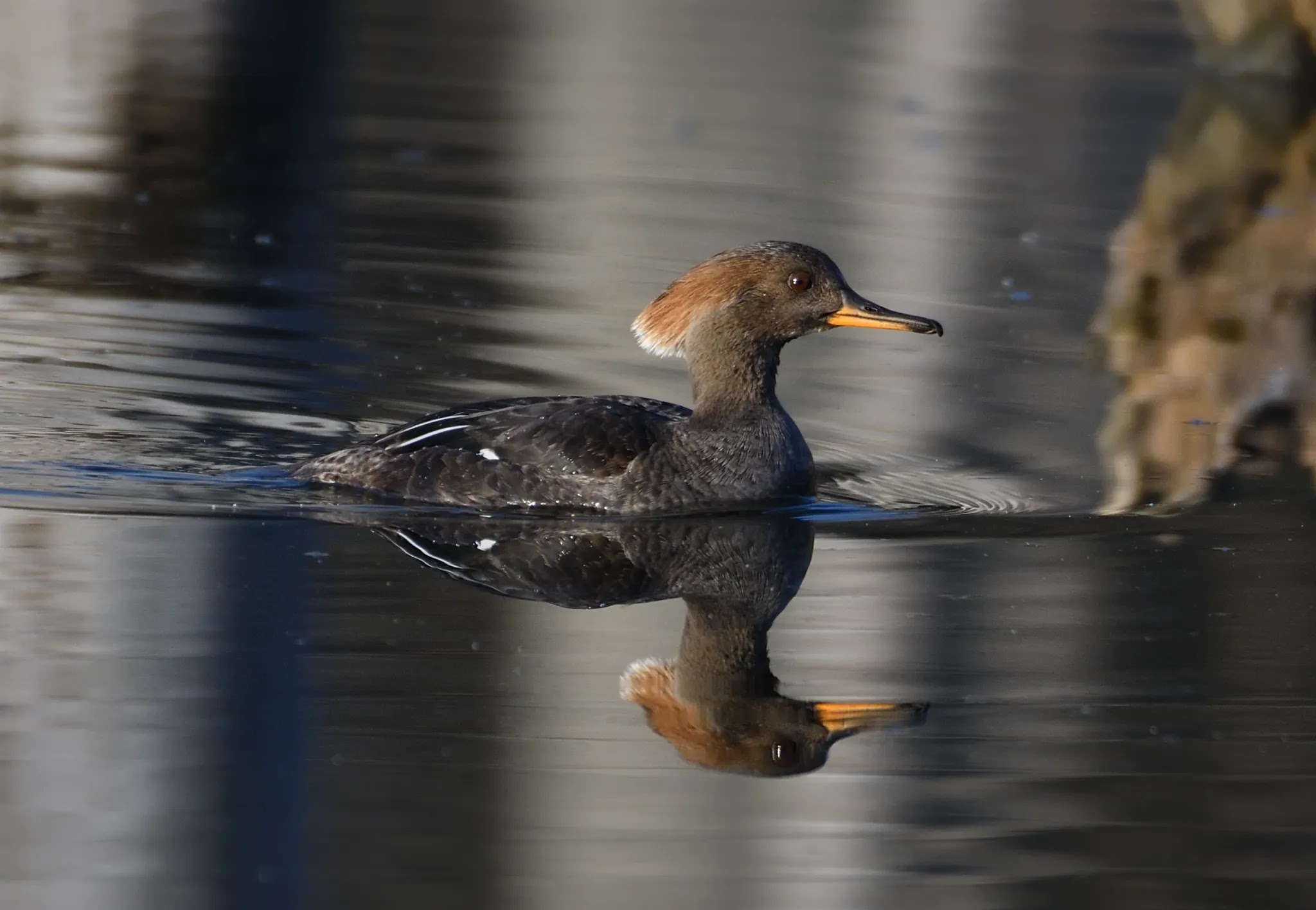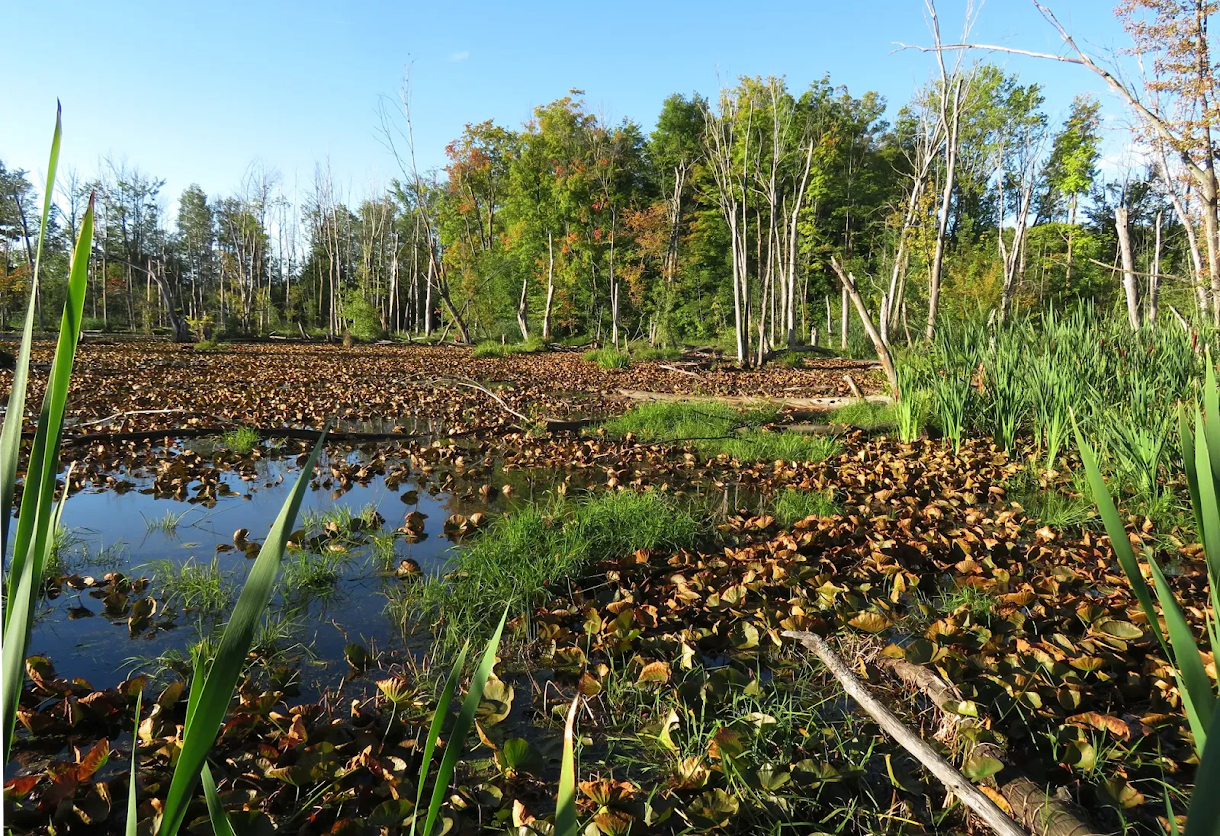A Breezy start to 2022
Winter has come and almost gone in no time at all. I can easily recount how many times I've endured the cold by traversing the frozen expanse of the Wetlands. An invitation to the inevitable frozen fingers that come from hovering over the shutter for just too long, holding out for that perfect photo of a black-capped chickadee on a fluffy cattail.
Or one of the many white-chested nuthatches, creeping, scouring every inch of bark they could find.
I resigned myself (for the most part) to birdwatching from the comfort and warmth of our home, where the bitter frozen fruit of one of our trees proved popular with a group of cedar waxwings.
It was quite surprising to watch them swallow the frozen berries whole!
A cast-iron frying pan acted as a watering hole for many of our neighbourhood birds when the temperature rose above zero, and it attracted a close relative of the white-breasted nuthatch. One that I tried and failed to photograph in the fall of last year, but a return of the red-breasted nuthatch this April brought better luck. They are easily distinguishable. The red-breasted nuthatch is much more colourful than the white-breasted nuthatch, and the black bar that runs from their beak through their eye is strikingly bold.
As the temperature continued to rise, strong winds followed, and the distinctive call of killdeer could again be heard in the distance as they flew over the Wetlands in search of nesting locations.
Canada Geese arrived in pairs and have now selected their prospective nesting sites on the myriad of tiny islands that dot the shallow water.
I am hopeful that the geese fair better this year in raising their goslings than last. The Wetlands are wild, and predation on their goslings was high.
A mere two hooded merganser ducklings last year managed to evade the many predators in the Wetlands and eventually fly away. And I am happy to report that the hooded mergansers have returned.
The hooded merganser's ritualistic circling of the wetlands provides lots of photographic opportunities.
The male and female circle together multiple times until the female leaves the male. The male hooded merganser then returns to the water. And there, he waits for the female to return.
The repeated circling was essentially to locate a suitable nesting hollow for the female to lay her eggs. Not just this female but others also, I observed two females visiting one nesting hollow this morning.
The problem is, of course, that dead trees are popular nesting sites for many birds.
Even though the surface of the Wetlands has only recently thawed, there are lots of small fish to hunt.
























Comments
Post a Comment